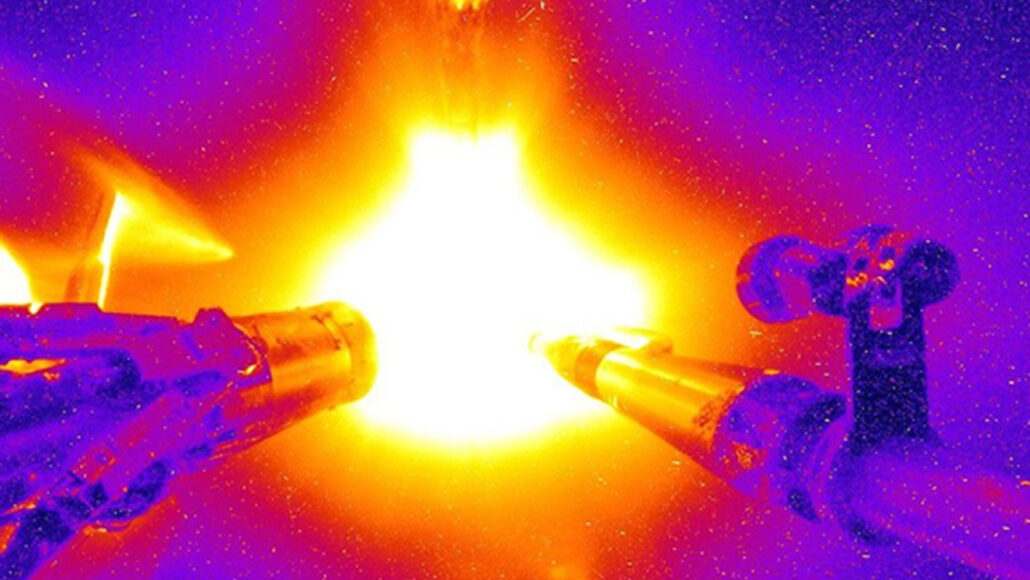Nuclear fusion: it is not enough to heat the plasma to obtain it. More studies are needed
A new study published Monday in the journal Nature Physics may help explain why fusion is such a difficult puzzle to solve: Despite using state-of-the-art computer modeling, researchers recently found that particles in fusion reactions at the National Ignition US Facility (NIF) behave very differently than the computer expects. Nature still surpasses man.
Energy appears to escape from the reaction in a way that scientists currently cannot explain, suggesting that a deeper understanding of high-energy nuclear physics may be needed before fusion energy becomes a reality.

NIF, located at the National Lawrence Livermore Laboratory in California, uses lasers to create the intense pressures and temperatures needed to ignite a fusion reaction. Unlike nuclear fission reactors currently operating around the world, which split uranium atoms to release energy, fusion reactions compress two isotopes of hydrogen, deuterium and tritium, to form a helium atom, the same process of releasing energy that powers the Sun.
In January, NIF researchers announced a discovery: the generation of a "fiery plasma". NIF's lasers heat deuterium and tritium until they reach the plasma state of matter, in which electrons are stripped from the nuclei of their atoms, a hot soup of ions. A plasma is considered incandescent only if the fusion reactions that take place inside it provide the heat necessary to maintain them: a plasma that heats itself is an incandescent plasma.
In a new analysis, Lawrence Livermore Laboratory scientist Ed Hartouni and his colleagues found that the energy released by the incandescent plasma does not match the distribution pattern predicted by the scientists' models. Their findings suggest that there is some other non-thermal energy source contributing to the fusion reaction in the glowing plasma, according to Dr Hartouni. In short, very high heat is not enough to create a nuclear fusion.
“Our simulations use models to predict the outcome of our experiments. These models are based on theoretical ideas that need to be simplified to allow for calculations; we can't simulate all [1,000,000,000,000,000,000] ions individually,” Dr Hartouni said. "This could be a sign that our models won't be refined enough to predict particle behavior in this hot plasma, especially as the yield of implosions increases."
While there are fundamental engineering challenges to building a fusion reactor capable of providing useful energy – generating the heat needed to create a incandescent plasma and then containing it for long periods of time – solving these problems may simply open the door to more experiments needed to understand the fundamental physics of how fusion works, according to an opinion piece by University of Rome "La Sapienza" physicist Stefano Atezeni published Monday in Nature Physics.
"Achieving a hot plasma is not only an important step on the long road to fusion energy, but also paves the way for investigations into unexplored conditions of matter, with sometimes surprising results," wrote Dr. Atzeni in his paper . This confirms – once again – that even after entering the incandescent plasma and ignition regimes, fusion research cannot disregard the experimental physics of fundamental plasma”. In short, it is not enough to heat the plasma to have fusion: first you need to know its behavior much better, and this will require time and experiments.

Thanks to our Telegram channel you can stay updated on the publication of new articles from Economic Scenarios.
The article Nuclear fusion: it is not enough to heat the plasma to obtain it. It takes more studies comes from Economic Scenarios .
This is a machine translation of a post published on Scenari Economici at the URL https://scenarieconomici.it/fusione-nucleare-non-basta-scaldare-il-plasma-per-ottenerla-ci-vogliono-piu-studi/ on Wed, 16 Nov 2022 09:00:45 +0000.
